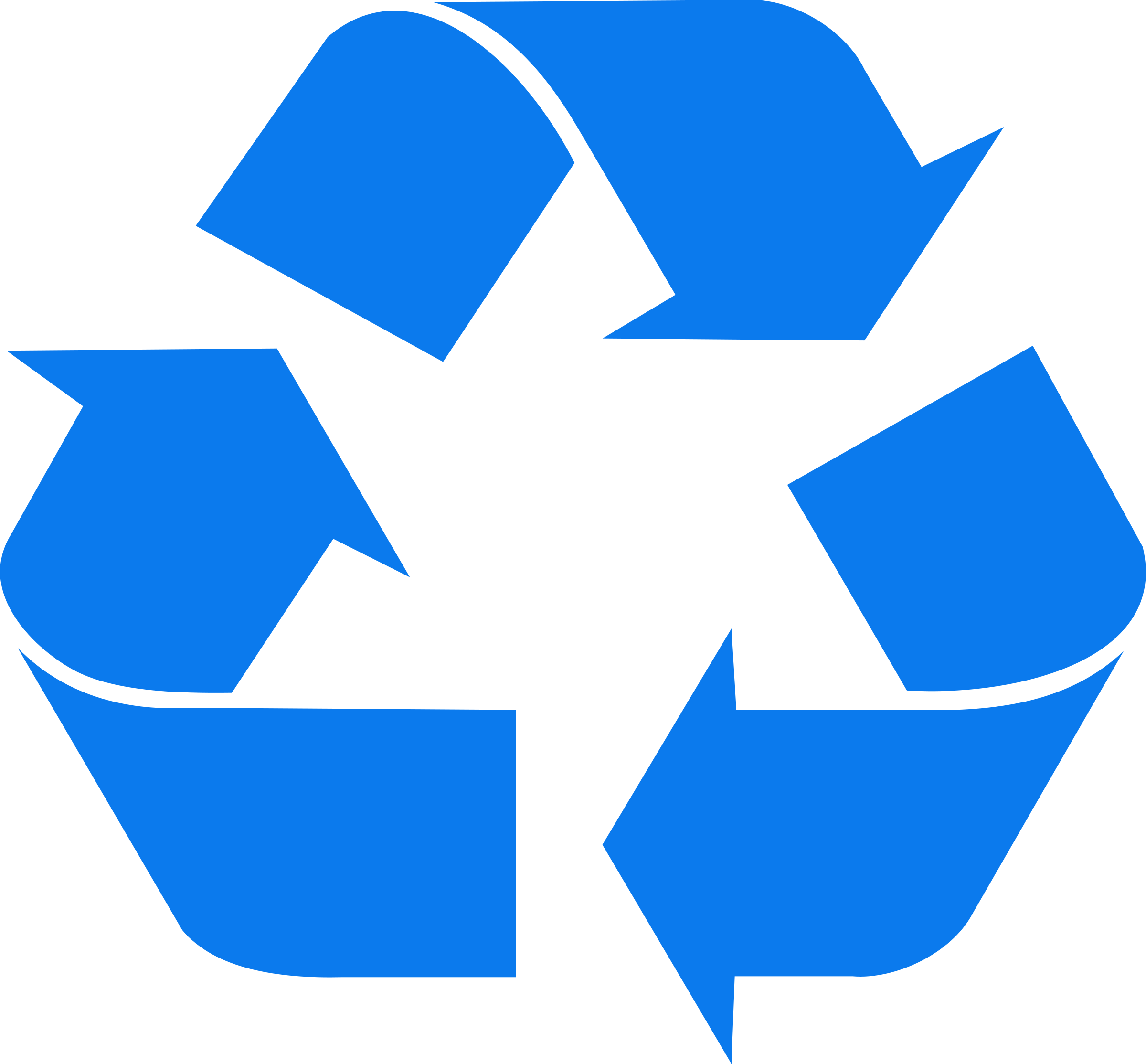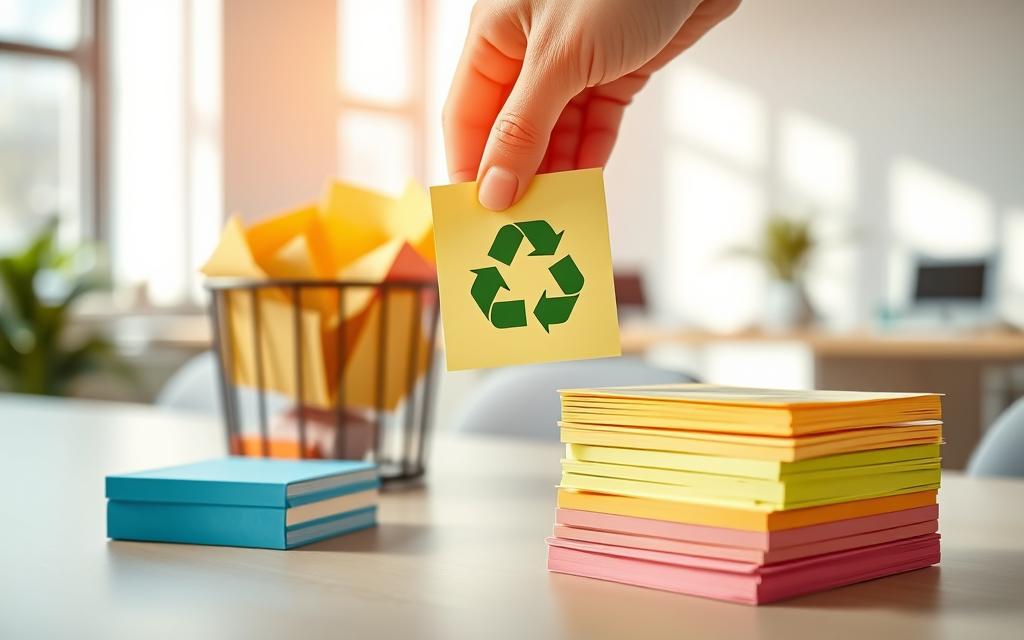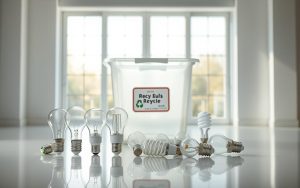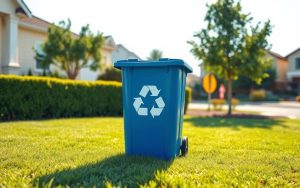With over 50 billion Post-it Notes sold annually worldwide, their environmental impact is hard to ignore. These small adhesive papers are staples in offices and homes, but their disposal raises questions about sustainability.
Manufacturer 3M claims the adhesive on these notes breaks down during standard recycling processes like pulping and deinking. However, local recycling programs often have varying capabilities, leading to conflicting guidance.
To ensure proper disposal, it’s essential to check with local recyclers. This article explores the factors affecting recyclability and provides clear guidance on managing waste responsibly.
Understanding the Recyclability of Post-It Notes
Adhesive papers like sticky notes have become a daily necessity, but their recyclability remains a topic of debate. These small papers are designed for convenience, yet their environmental impact depends on how they are disposed of.
What Makes Adhesive Papers Unique?
Unlike regular paper, adhesive-backed papers contain a thin layer of glue. This layer is designed to be light enough for easy removal but can still interfere with the recycling process. The type of adhesive used plays a significant role in determining their compatibility with recycling systems.
The Role of Adhesives in Recycling
During the recycling process, paper is pulped, mixed with water and chemicals, and deinked. Light adhesives, like those on sticky notes, often break down during this stage. However, heavy adhesives can clog machines, leading some facilities to reject all adhesive papers.
While manufacturers claim their adhesives are recyclable, many local programs disagree. This discrepancy highlights the importance of checking with your local bin guidelines. Understanding these factors can help ensure proper disposal and reduce environmental impact.
Factors That Determine if Post-It Notes Are Recyclable
The recyclability of adhesive-backed papers depends on several key factors. Local recycling programs and the type of adhesive used play a significant role in determining their fate. Understanding these elements can help reduce waste and promote sustainable practices.
Mixed Paper Recycling Programs
Many recycling facilities accept mixed paper, but adhesive materials often complicate the process. While some programs can handle light adhesives, others reject them entirely. It’s crucial to check local guidelines to ensure proper disposal.
Types of Adhesives and Their Impact
Adhesives vary widely in their recyclability. Water-soluble types, like those used by USPS, break down easily during the recycling process. Pressure-sensitive adhesives, found in shipping labels and tape, are more challenging and often non-recyclable.
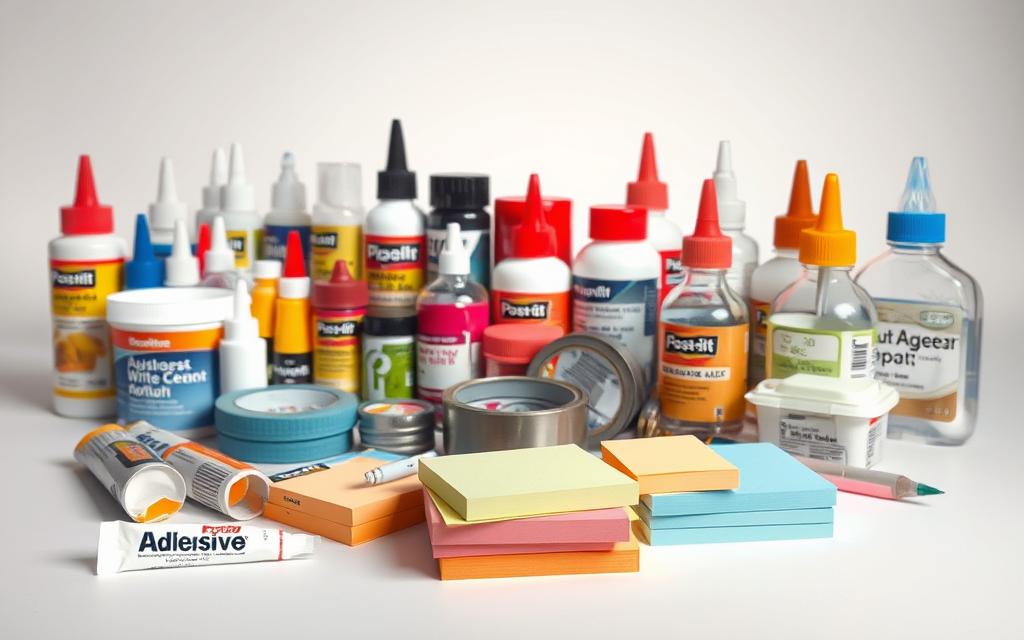
Manufacturers like 3M produce both standard and “super sticky” variants. The stronger the adhesive, the harder it is to recycle. Below is a comparison of common adhesive types and their recyclability:
| Adhesive Type | Recyclability |
|---|---|
| Water-Soluble | Highly Recyclable |
| Pressure-Sensitive | Non-Recyclable |
| Light Adhesive (e.g., sticky notes) | Conditionally Recyclable |
| Heavy Adhesive (e.g., packaging tape) | Non-Recyclable |
By understanding these factors, individuals can make informed decisions about disposing of adhesive-backed materials. Always refer to manufacturer guidelines and local recycling programs for the best results.
Proper Disposal Methods for Post-It Notes
Managing adhesive-backed materials responsibly requires understanding proper disposal methods. While recycling is ideal, not all facilities accept these items. This section explores practical steps to minimize environmental impact.
Cutting Away the Adhesive
One effective method is removing the adhesive portion before disposal. This ensures the paper can be processed without clogging recycling machines. Use scissors to cut away the sticky edge, then dispose of the clean paper in the recycling bin.
Alternative Disposal Options
When recycling isn’t an option, consider these alternatives:
- Digital Transition: Replace physical sticky papers with note-taking apps like Evernote or OneNote. These tools reduce waste and keep your office organized.
- Shredded Paper Recycling: If the paper is shredded, check local guidelines. Some programs accept shredded paper if it’s placed in a clear bag.
- Composting: As a last resort, compost adhesive papers in small quantities. The adhesive may not break down, but the paper will decompose.
“Reducing waste starts with making informed choices. Always prioritize reduction and reuse over recycling.”
Municipal resources like the Recycle Coach tool can provide tailored guidance. By following these steps, individuals can contribute to a more sustainable future.
Conclusion
Determining whether adhesive-backed papers are recyclable involves understanding both manufacturer claims and local program capabilities. While 3M asserts that their products are 100% compatible with the process, real-world recycling systems often vary. The type of adhesive and regional guidelines play a crucial role in their disposal.
For office sustainability, it’s essential to verify local recycling rules. Adhesive type and program requirements are key factors to consider. This ensures that materials like sticky notes are managed responsibly, reducing environmental impact.
Proactive verification with local authorities is the best approach. By doing so, individuals contribute to broader sustainability efforts. For more insights on eco-friendly practices, explore recycled options and their benefits.
